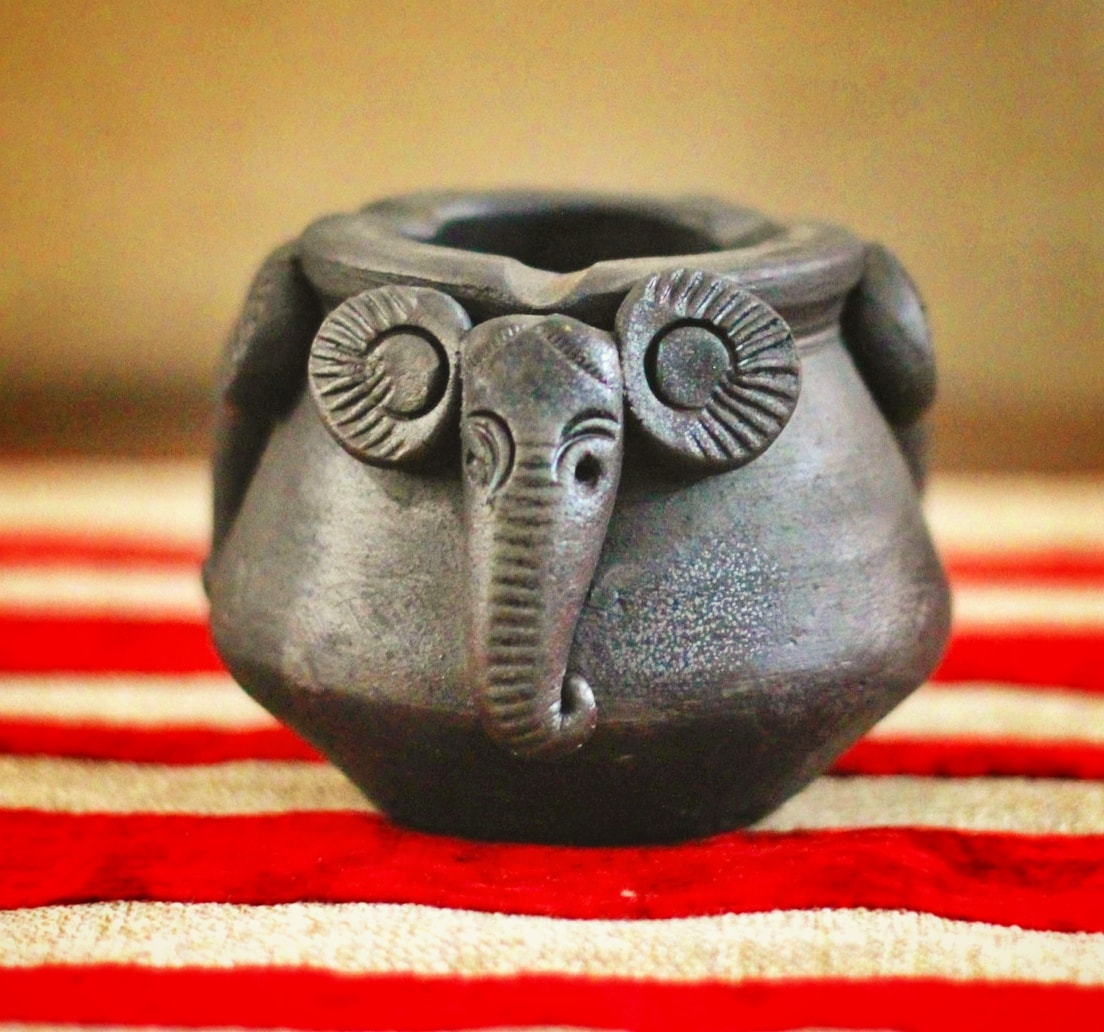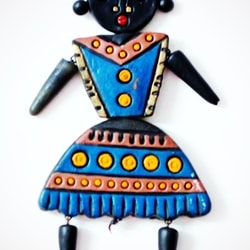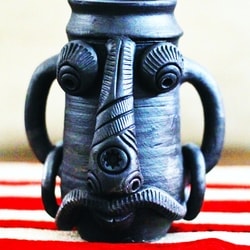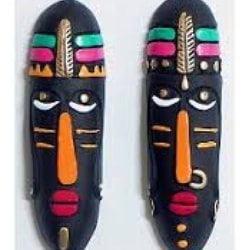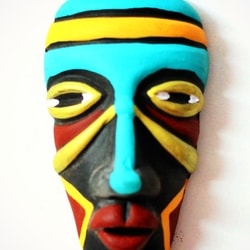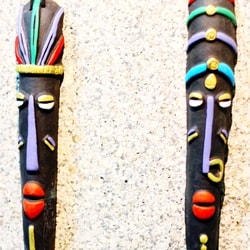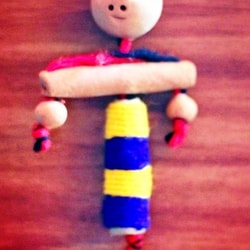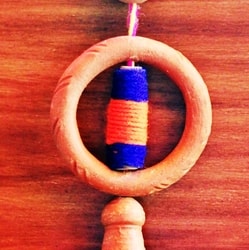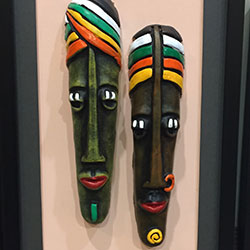
The word Terracotta is etymologically Italian, and means “baked earth”. It is a clay-based unglazed or glazed ceramic art made with mud sourced from riverbeds, ponds and other water bodies.
Terracotta has been around for a very long time. In fact, it was the only clay product used until around the 14th century. Archeologists have found terracotta sculptures that are approximately 5,000 years old.
There is a wide range of clay craft in India and it varies from one region to another. Different states in India have their own unique style of terracotta sculptures. The terracotta pottery of West Bengal is the best and uses the age-old tradition of terracotta art. Most of these statues from West Bengal have a ritualistic undertone. For example the state of Tamil Nadu is famous for the huge terracotta figures of their religious deity. They are found standing guard at the entrances of villages protecting the insiders from evil spirits. The state of Jharkhand has a different finish and the tribal have added their own innovations and colors to make terracotta more vibrant and bright like their own tribal craft.



